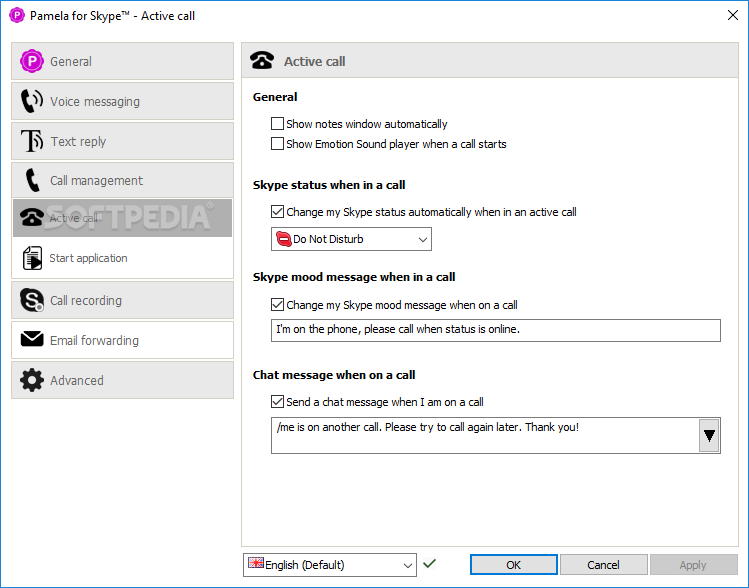

- SYSTEM REQUIREMENTS FOR SKYPE FOR BUSINESS INSTALL
- SYSTEM REQUIREMENTS FOR SKYPE FOR BUSINESS UPDATE
- SYSTEM REQUIREMENTS FOR SKYPE FOR BUSINESS SERIES
- SYSTEM REQUIREMENTS FOR SKYPE FOR BUSINESS DOWNLOAD
- SYSTEM REQUIREMENTS FOR SKYPE FOR BUSINESS WINDOWS
The output will be all tasks that were performed to assign the certificate, if everything went okay (the Task Status should show Completed), then click Finish. A summary containing the thumbprint and details of the cert will be displayed, click on Next. In the Certificate Assignment Summary page. The wizard that we have just requested and stored on the local computer will be the one that will be assigned to the Skype for Business services, just click on Next. Leave default settings which includes the option Assign this certificate to Skype for Business Server certificate usages, and click on Finish, and that will trigger another wizard to start automatically to complete the assignment process. The information that the certificate was added to the local store of the server will be informed as well the certificate thumbprint. In the Online Certificate Request Status page. All output of the operation will be listed, click on Next. A summary of all decisions made so far will be listed, click on Next. After filling out the requested information, click on Next.

The Certificate Wizard is smart enough to list all the names already defined in the topology, which means that planning well pays off on this wizard. This is huge improvement when compared with previous versions, now we have a single page that summarizes all the certificate requirements, such as: Certification Authority, Friendly Name, Organization information, SAN (Subject Alternative Names) and so forth.

The new window will be the Certificate Wizard where the administrator can manage certificates for the local server.
SYSTEM REQUIREMENTS FOR SKYPE FOR BUSINESS INSTALL
The next step is Step 3: Request, Install or Assign Certificates page.
SYSTEM REQUIREMENTS FOR SKYPE FOR BUSINESS WINDOWS
Note: If a Foundation error is presented, make sure to install the Windows Identity Foundation 3.5 feature is installed on the server using Server Manager or Add-WindowsFeature cmdlet.
SYSTEM REQUIREMENTS FOR SKYPE FOR BUSINESS DOWNLOAD
In case of a missing component, the administrator will be informed, in the example depicted in the image below we can see that a hotfix is missing and a link is provided, if that is the case download the recommended link (a restart may be required) and run the same process, until we get the status of Task Status: Completed, then we will be ready to continue the deployment, click on Finish. We already configured the topology and when we click on Next the server will install the Skype for Business bits. The first page of the wizard will inform that this process will configure the server as it was defined in the Topology.
SYSTEM REQUIREMENTS FOR SKYPE FOR BUSINESS UPDATE
In this case the CMS and the Front End are the same server, so we will use the default option which is Retrieve directly from the Central Management store (requires read access to the Central Management Store) and click Next, check the results on the following page and if everything was successful click on Finish.īack to the Deployment Wizard / Install or update member system, click on Run located on the Step 2: Setup or Remove Skype for Business Server Components. This step will configure a local replica of the Central Management Store (CMS), and the information to be synchronized can be retrieved directly from the already existent CMS database or using a file (only used when there is no connection from the server being installed and the CMS which is the case of an Edge Server role that typically stays on a secure DMZ). In the Step 1: Install Local Configuration Store, click on Run. We need to perform all steps listed on this new page. In the Install or update member system page. In order to start the deployment, click on Install or Update Skype for Business Server System. The final step will use the same Deployment Wizard, at this point we will have Complete checks on Prepare Active Directory and Install Administrative Tools on the first page. In this stage, we need an internal CA (Certification Authority) in place, Skype for Business will use the internal CA certificate to create the certs required internally, and that CA (if it is an Enterprise CA) will have all certificates issued accepted automatically by the clients. All those steps bring us to the final step which is the actual deployment of the Skype for Business Server on the new server. So far in this series, we planned and prepared the environment including the Operating System requirements and Active Directory to support the first Skype for Business Server in our environment.
SYSTEM REQUIREMENTS FOR SKYPE FOR BUSINESS SERIES
If you would like to read the first part in this article series please go to:


 0 kommentar(er)
0 kommentar(er)
